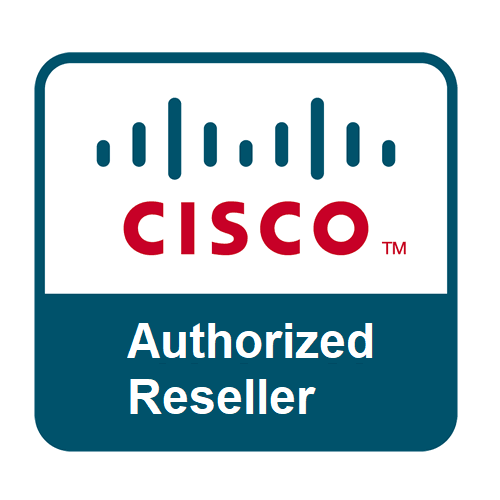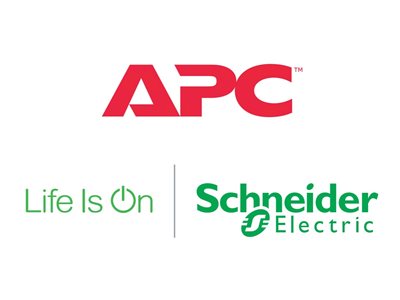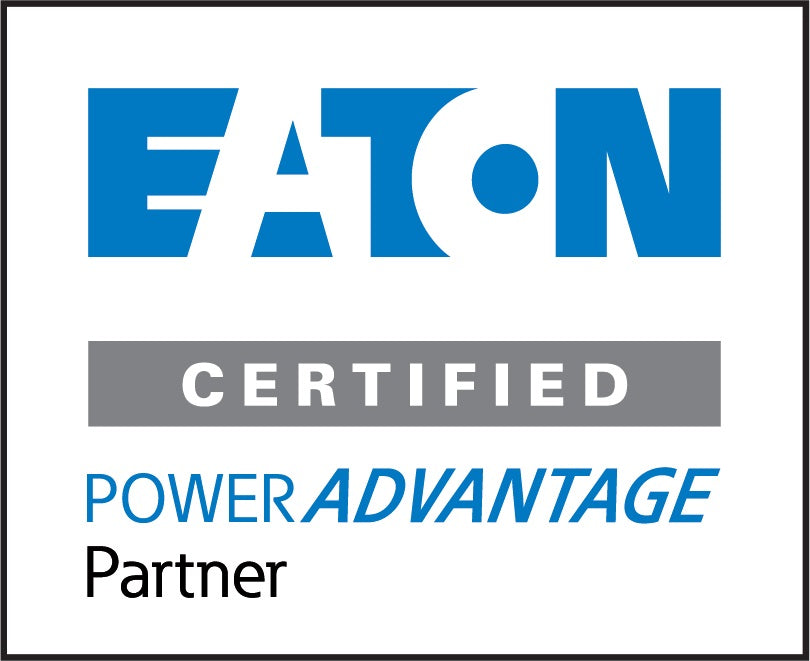How to Choose the Best Rack Cabinet for Your Data Center
When it comes to setting up a data center, one of the most important decisions you’ll make is selecting the right rack cabinet. These cabinets are not just storage units—they play a crucial role in organizing your equipment, optimizing cooling, ensuring security, and maintaining overall efficiency in your IT infrastructure. With so many options available, choosing the right rack cabinet for your data center can be daunting. However, understanding key features and knowing what to look for will help guide you to the best choice.
In this blog, we’ll break down everything you need to know about selecting the best rack cabinet for your data center, ensuring your equipment stays secure, organized, and operates efficiently.
1. Understand Your Data Center’s Needs
Before diving into the technical specifications, it’s essential to understand your data center's specific needs. Ask yourself a few key questions:
-
What equipment do you need to store? Consider the types of servers, networking gear, and other hardware your data center will house. The dimensions and configuration of your equipment will influence the size and design of the rack.
-
How much space do you have available? Understanding the available floor space in your data center will help you determine the size of the rack you need. You may want to choose a rack that allows for easy expansion in the future.
-
How much weight do you need to support? Some equipment can be quite heavy. Make sure the rack can safely handle the load.
2. Rack Height and Size
Rack height is measured in U (rack units), where 1U equals 1.75 inches. The most common rack heights are 42U and 48U, but there are also 24U, 36U, and other sizes available depending on your space and equipment needs.
-
42U racks are the standard size for most data centers, offering ample space for servers and networking equipment.
-
If you have equipment that requires extra space, you might consider a 48U rack, which provides more flexibility for future expansion.
-
For smaller setups or specific use cases, 24U or 36U racks might be a better fit.
Make sure the rack size aligns with the equipment you plan to store and allows for sufficient airflow and cooling.
3. Weight Capacity
The weight capacity of a rack is a crucial consideration. You don’t want to overload your rack and risk damaging your equipment.
-
Stationary Weight Capacity refers to the weight the rack can support when stationary, usually up to 3,000 lbs (1360.8 kg).
-
Rolling Weight Capacity refers to the weight the rack can support while being moved. This is typically lower, around 2,250 lbs (1020.6 kg).
Always ensure the rack can support the weight of your equipment with some margin for future additions.
4. Cooling and Ventilation
Proper cooling is critical for any data center. Servers and other IT equipment generate a lot of heat, and without adequate airflow, your equipment could overheat, leading to decreased performance and potentially costly damage.
-
Ventilation Panels: Look for racks with perforated doors or built-in ventilation panels to allow air to flow freely through the equipment.
-
Cooling Systems: Some racks come with in-row cooling or other solutions integrated into the design. If you’re running a high-density setup, investing in additional cooling options may be necessary.
-
Cable Management for Airflow: Good cable management can also improve airflow. Choose racks with cable management solutions that allow for neat and organized wiring, which promotes better cooling.
5. Security Features
Security is essential for data centers as they house sensitive and valuable equipment. A rack cabinet should have robust security features to protect against unauthorized access.
-
Lockable Doors: Ensure the rack has front and rear doors that can be locked. This provides an extra layer of security against theft or tampering.
-
Lockable Side Panels: Side panels should also be lockable to prevent unauthorized access to the equipment inside.
-
Keyed or Electronic Locks: Depending on your needs, you may prefer electronic locks that require codes or biometric access for an extra level of security.
6. Cable Management
Proper cable management is crucial for a tidy, efficient, and easy-to-maintain data center. Poor cable management can impede airflow, cause overheating, and make maintenance a headache.
-
Cable Management Rails: Choose a rack that comes with built-in cable management rails or trays for better organization of cables and wires.
-
Cable Access: Racks with cable access holes at both the top and bottom allow for easier cable routing and management. This can be especially important for high-density rack setups.
-
Cable Tie Slots: Look for racks with built-in cable tie slots that allow you to secure cables in place and prevent tangling.
7. Rack Mounting Compatibility
Ensure that the rack you choose is compatible with your equipment. Most equipment is designed to fit into 19-inch rack mount rails, but some specialized equipment may require non-standard mounts.
-
Adjustable Rails: Choose racks with adjustable mounting rails so you can customize the fit for your equipment, especially if you have devices of varying depths.
-
Standardized Mounting: Most modern equipment follows the 19-inch standard, but check the mounting requirements for your equipment to ensure compatibility.
8. Accessibility and Maintenance
Choosing a rack that allows for easy access to your equipment is essential for ongoing maintenance and upgrades.
-
Removable Panels: Racks with removable panels make it easy to access equipment for maintenance or troubleshooting.
-
Front and Rear Access: Racks that allow both front and rear access make it much easier to manage cables, replace parts, or add new devices.
-
Swing-Out Frames: Some racks feature swing-out frames or modular designs that allow you to quickly access the back of the equipment without needing to remove the entire rack.
9. Customization Options
Some rack cabinets offer customization options that allow you to add or remove components based on your specific needs. Consider whether you might need features like:
-
Integrated PDUs (Power Distribution Units)
-
Extra shelves for accessories or small equipment
-
Cable management accessories like cable trays, rings, and straps
10. Future Expansion
When choosing a rack cabinet, think about your future needs. Your data center might grow over time, and you'll need to accommodate more equipment.
-
Expandable Capacity: Choose a rack that offers some flexibility for future expansion. For example, consider modular rack systems that allow you to add additional units as your needs grow.
-
Extra Space for Cooling: Make sure there’s enough space within the rack for additional cooling solutions if needed.
Conclusion
Choosing the best rack cabinet for your data center is an important decision that affects the efficiency, security, and longevity of your IT infrastructure. By considering factors like rack size, weight capacity, cooling options, and security features, you can make an informed decision that meets both your current and future needs.
Make sure to evaluate your specific requirements, from the equipment you're using to your data center's layout and growth projections. Selecting the right rack cabinet will help you create a more organized, efficient, and secure data center, setting you up for success in the long term.
For a wide range of high-quality rack cabinets and other data center solutions, browse our collection and find the perfect fit for your business today!







